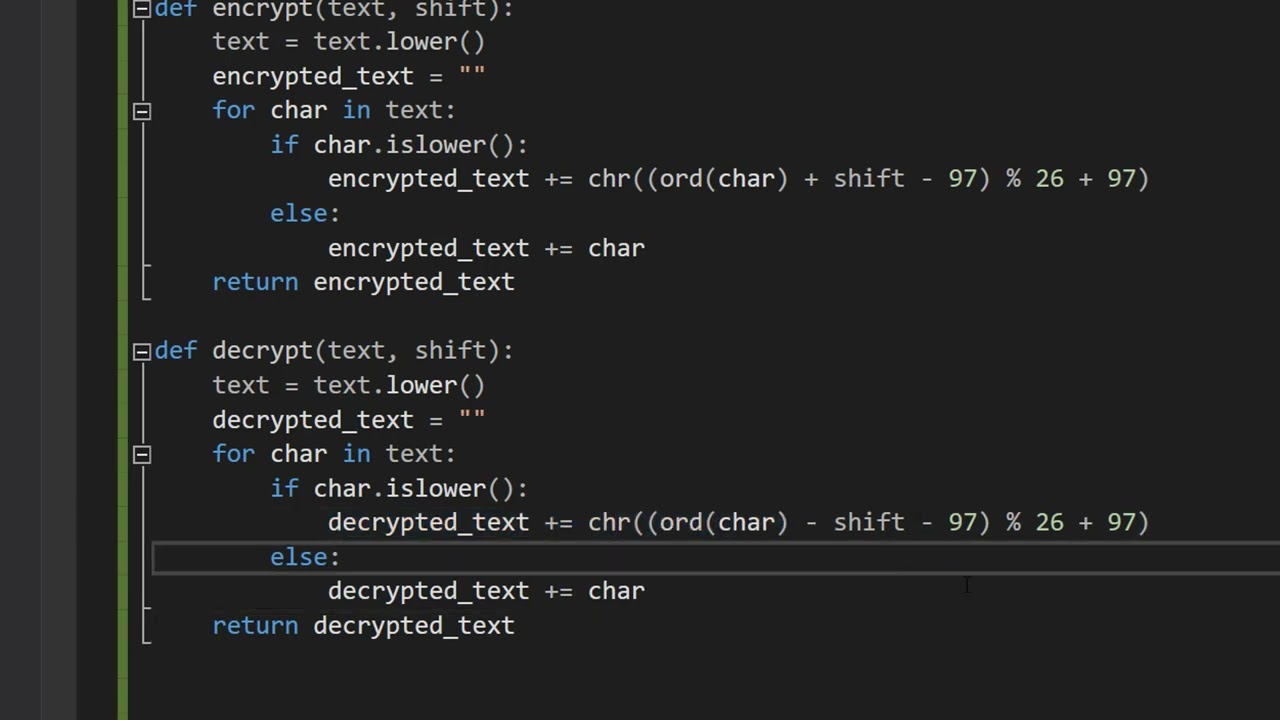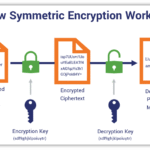Creating a custom cipher in Python is akin to crafting a unique lock for a treasure chest—both warrant precision and creativity. Cryptography, the art of securing information, has fascinated scholars and practitioners for centuries. The advent of programming languages such as Python has democratized this field, enabling more individuals to delve into the nuances of encryption. This article aims to guide budding cryptographers through the essential elements of constructing your first crypto tool with Python. Expect to uncover different cipher techniques, explore implementation details, and understand the significance of security within cryptography.
Understanding Symmetric and Asymmetric Ciphers
The realm of cryptography is principally divided into two categories: symmetric and asymmetric ciphers. Symmetric ciphers use the same key for both encryption and decryption. Think of it as a shared combination lock; both parties must possess the key to access the locked information. Classic examples include the Caesar Cipher and the Advanced Encryption Standard (AES).
On the other hand, asymmetric ciphers utilize a pair of keys—a public key and a private key. This mechanism resembles a sealed mailbox, where anyone can deposit a letter (encrypt data using the public key), but only the recipient can retrieve it (decrypt using the private key). The RSA algorithm is one of the most prevalent methods in this category.
For the Purpose of Demonstration: The Caesar Cipher
To commence our exploration, we will develop a simple yet insightful example: the Caesar Cipher. This method involves shifting each letter in the plaintext by a fixed number of positions down the alphabet. While not robust against modern cryptographic attacks, it serves as an excellent starting point for understanding the mechanics of ciphers.
Implementing the Caesar Cipher in Python
The implementation begins with defining a function that accepts two arguments: the plaintext message and the shift value. The function will traverse each character, transforming letters while preserving spaces and punctuation. Below is a snippet that demonstrates these concepts:
def caesar_cipher(text, shift):
result = ""
for char in text:
if char.isalpha():
shift_base = 65 if char.isupper() else 97
result += chr((ord(char) + shift - shift_base) % 26 + shift_base)
else:
result += char
return result
In the above code, ord() retrieves the Unicode code point of each character. The computation shifts letters in accordance with our specified offset while ensuring wrap-around using the modulo operator, catering to both uppercase and lowercase letters.
Testing Our Cipher
An essential aspect of cipher development is testing. It helps validate that the implementation operates as expected. Running our function to encrypt a simple message will yield observable outcomes:
plaintext = "Hello, World!"
shift_value = 3
encrypted_message = caesar_cipher(plaintext, shift_value)
print(encrypted_message) # Output: "Khoor, Zruog!"
The expected output evidences our cipher’s functionality, demonstrating the transformed string where each letter is moved three positions ahead in the alphabet.
Understanding Limitations
While this exercise serves as an excellent foundation, the inherent vulnerabilities of the Caesar Cipher must be acknowledged. Due to its simplicity, it is susceptible to frequency analysis—an analytical technique used to crack ciphers by studying the frequency of letters or groups of letters within a given text. Moreover, this cipher lacks key management, a critical component in modern cryptographic systems.
Exploring Advanced Ciphers: The Vigenère Cipher
As skills develop, transitioning to more complex ciphers becomes paramount. The Vigenère Cipher introduces polyalphabetic encryption, utilizing a keyword to dictate the shift for each letter in the plaintext. This renders it substantially more secure than the Caesar cipher.
To create this cipher in Python, one can parlay the previous logic into utilizing a keyword, iterating through both the text and keyword to determine the effective shift for each character. This necessitates adjustments in character indexing but adheres to similar principles of shifting.
def vigenere_cipher(plaintext, keyword):
result = ""
keyword_repeated = (keyword * (len(plaintext) // len(keyword) + 1))[:len(plaintext)]
for p_char, k_char in zip(plaintext, keyword_repeated):
if p_char.isalpha():
shift = ord(k_char.lower()) - 97
result += caesar_cipher(p_char, shift)
else:
result += p_char
return result
This modest expansion showcases how one can apply foundational techniques across varying methods, reinforcing the essence of cryptography: adaptability and innovation.
Conclusion: The Road Ahead









Leave a Comment